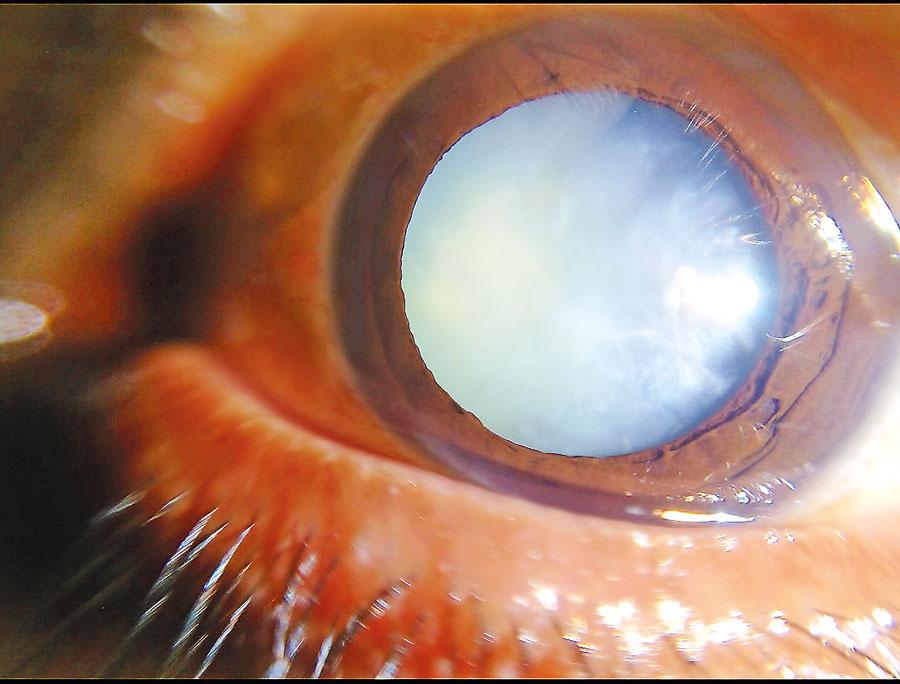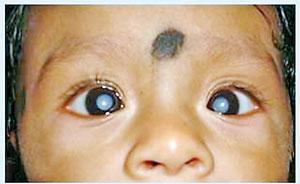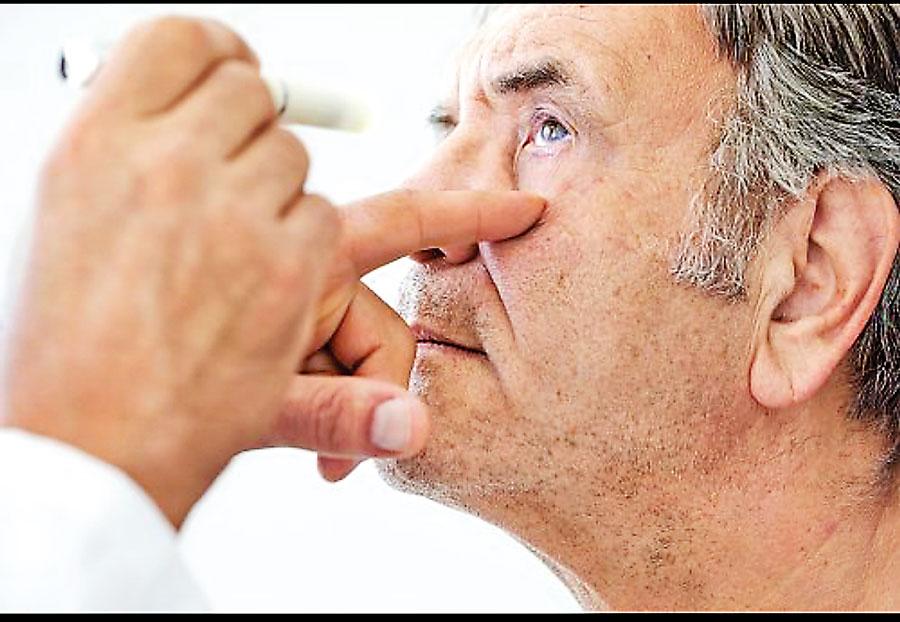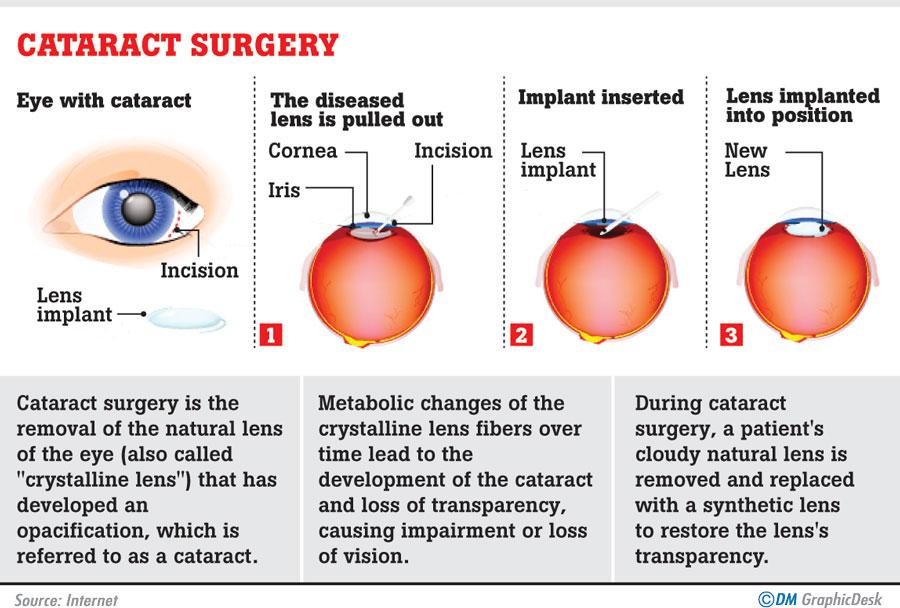15 Mar 2019 - {{hitsCtrl.values.hits}}

 Cataract is so often ‘blindly’ referred to as a disease, one we commonly associate with the ageing population. However owing to heightened awareness and medical facilities Cataract is now hardly an alarming or disconcerting issue. Yes, while it is the most common cause of blindness, it is also easily remediable. Moreover, if perceived as a natural part of ‘getting on in your years’, and as a challenge anyone may encounter and seek medical assistance for, we have already made a difference.
Cataract is so often ‘blindly’ referred to as a disease, one we commonly associate with the ageing population. However owing to heightened awareness and medical facilities Cataract is now hardly an alarming or disconcerting issue. Yes, while it is the most common cause of blindness, it is also easily remediable. Moreover, if perceived as a natural part of ‘getting on in your years’, and as a challenge anyone may encounter and seek medical assistance for, we have already made a difference.
Consultant Opthalmologist Dr. Imalka Fonseka discussed with the Health Capsule several aspects of Cataract that confirmed its reversibility and normality.
What is Cataract?
Breaking down misconception and misinterpretation, Dr. Fonseka emphasized that, “Cataract is not
a disease.”
By definition; “Cataract is when the normal or natural lens gradually becomes opaque,” she explained. This causes loss of vision and if untreated, severe complications in some cases.
Causes
“The commonest cause of Cataract is ageing. All of us, if we live long enough can develop Cataract,”
Dr. Fonseka expressed.

In addition, traumatic, congenital and secondary causes are also existent.
“Some people get it at a younger age. Sometimes children are born with Cataract due to various reasons, like Rubella infections in the mother. This is why the Rubella vaccine is given to young girls to prevent children born to them in the future from having Congenital Cataract. When or how quickly you experience Cataract may be influenced by genetic components.
Metabolic disorders can also play a role in the causation of Cataract. “For example, Diabetics will get Cataract earlier than others. Galactosemia is another such disorder.”
Not to mention, Trauma, by way of injury to the eye, may affect your lens and also induce Cataract.
The possibility of a gradual but total blindness may sound daunting, but Dr. Fonseka stressed that, “It is not a disease, where we have to get scared. Rather, it is the normal ageing process. It’s like the greying of hair. Some people grey in their seventies or eighties, and some people grey in their twenties. There is a big variation.”

Diagnosis and Treatment
Cataract has been a condition our ancestors had simply chosen to live with, unaware that their vision could be regained. At present however, it is common knowledge that treatment is within reach.
As opposed to Glaucoma patients, where peripheral vision suffers, causing them to seek doctors only at the latter stages, Cataract patients usually seek medical help at early signs of losing vision.
“Cataract at its early stages is called Nuclear Sclerosis. At this stage, we can correct the vision problem with glasses. As long as light is passing through, with a change of glasses, the patient can be made to see,” Dr. Fonseka explained.
At the onset of Cataract, the lens (es) begins to thicken; it is only later that opacity increases. So by simply changing the power of your glasses, doctors are able to help patients acquire good vision.
This is what is best for a patient at this early stage, for artificial lenses should only be an option when your own, natural lenses are unable to support your sight.
The rate of progression of the Cataract however, changes from person to person. For some, glasses may fail to provide vision after a matter of one or two years; and for another after a matter of months.
There comes a stage when the opacity is too much and light doesn’t pass through. If glasses can no longer provide good vision, then we inform the patient that it is time to take the Cataracts out and put artificial lenses in
“There comes a stage when the opacity is too much and light doesn’t pass through. If glasses can no longer provide good vision, then we inform the patient that it is time to take the Cataracts out and put artificial lenses in”
The latest technique of Cataract surgery, being used for many years now is ‘Phacoemulsification’ where high frequency ultra sound is utilized and the cloudy lens is dissolved, taken out and a folded intraocular lens is inserted through a small incision ( less than 1.5 mm) into the natural lens capsule resulting in very rapid restoration of vision.
Why is treatment important?
Apart from the gravity of losing your eyesight, other complications are also on the line.
Due to the bulkiness of the lens, patients may develop a particular type of Glaucoma. Furthermore, hyper mature Cataracts may burst inside the eye, leading to more serious ocular issues.
In short, if untreated, mature Cataract may lead to an array of severities you could have easily avoided.
Countless discoveries involving anti-oxidants and protection from UV rays facilitating the prevention of Cataract have been discussed recently, but as Dr. Fonseka explained, these are all just theories. It is therefore more important to focus our attention toward spreading the good news of its curability.

Cataract camps are being organized globally, from the Himalayas and the Saharan regions to our own Sri Lankan villages, where the remedies for reversible blindness are being brought within everyone’s reach.
It is therefore evident that while factors like the worsening Ozone depletion; the green house effects and population growth are affective, it is global awareness and necessity for good vision that have predominantly increased the number of detected Cataract cases seeking help.
In conclusion, to iterate Dr. Fonseka’s most important assurance’ “Cataract is the commonest cause of blindness in the world, BUT it is reversible.”
22 Dec 2024 18 minute ago
22 Dec 2024 2 hours ago
22 Dec 2024 2 hours ago
22 Dec 2024 5 hours ago
22 Dec 2024 5 hours ago